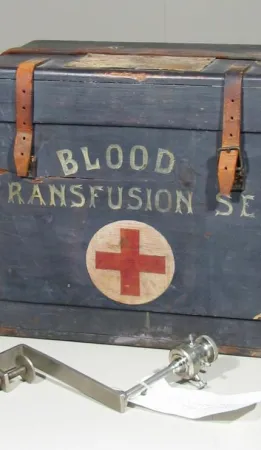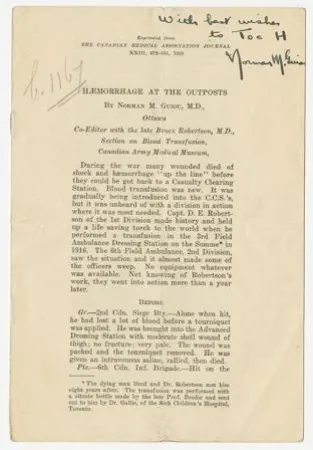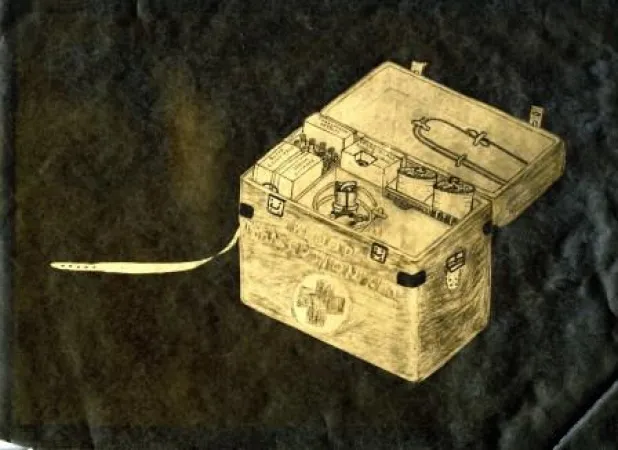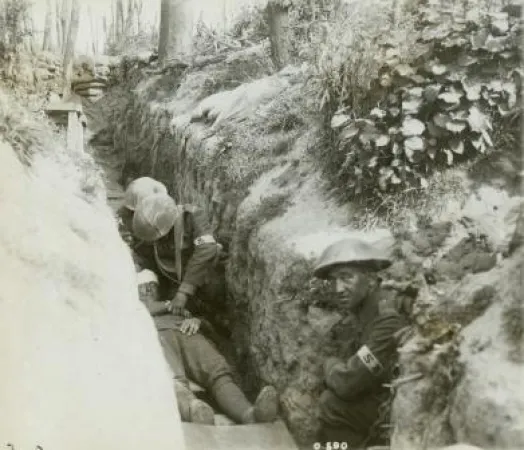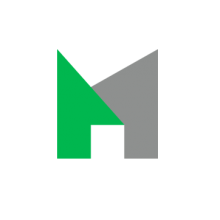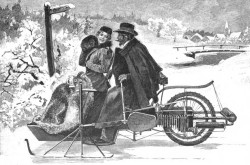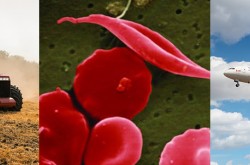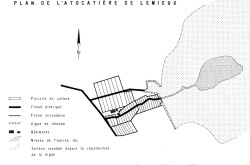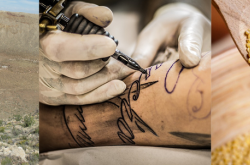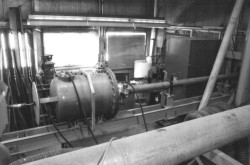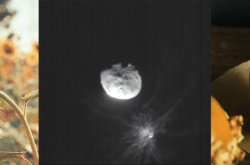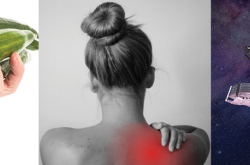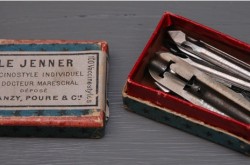Doctor Norman Miles Guiou: Pioneering Blood Transfusions for Wounded Soldiers
This article was originally written and submitted as part of a Canada 150 Project, the Innovation Storybook, to crowdsource stories of Canadian innovation with partners across Canada. The content has since been migrated to Ingenium’s Channel, a digital hub featuring curated content related to science, technology and innovation.
This portable transfusion kit belonged to Canadian Army Medical Corps doctor Norman Miles Guiou, a pioneer of blood transfusion during the First World War. Guiou’s simple techniques helped save the lives of wounded soldiers who otherwise would have died from blood loss and shock.
Guiou transfused blood directly from donors to wounded men using tubing or a syringe. This meant that the transfusion could take place at advanced dressing stations close to the front lines, allowing the injured to receive blood sooner and reducing their risk of dying on the way to specialized care units further behind the lines.
Guiou’s transfusions were not always successful, but they marked an important evolution in combat surgery.



